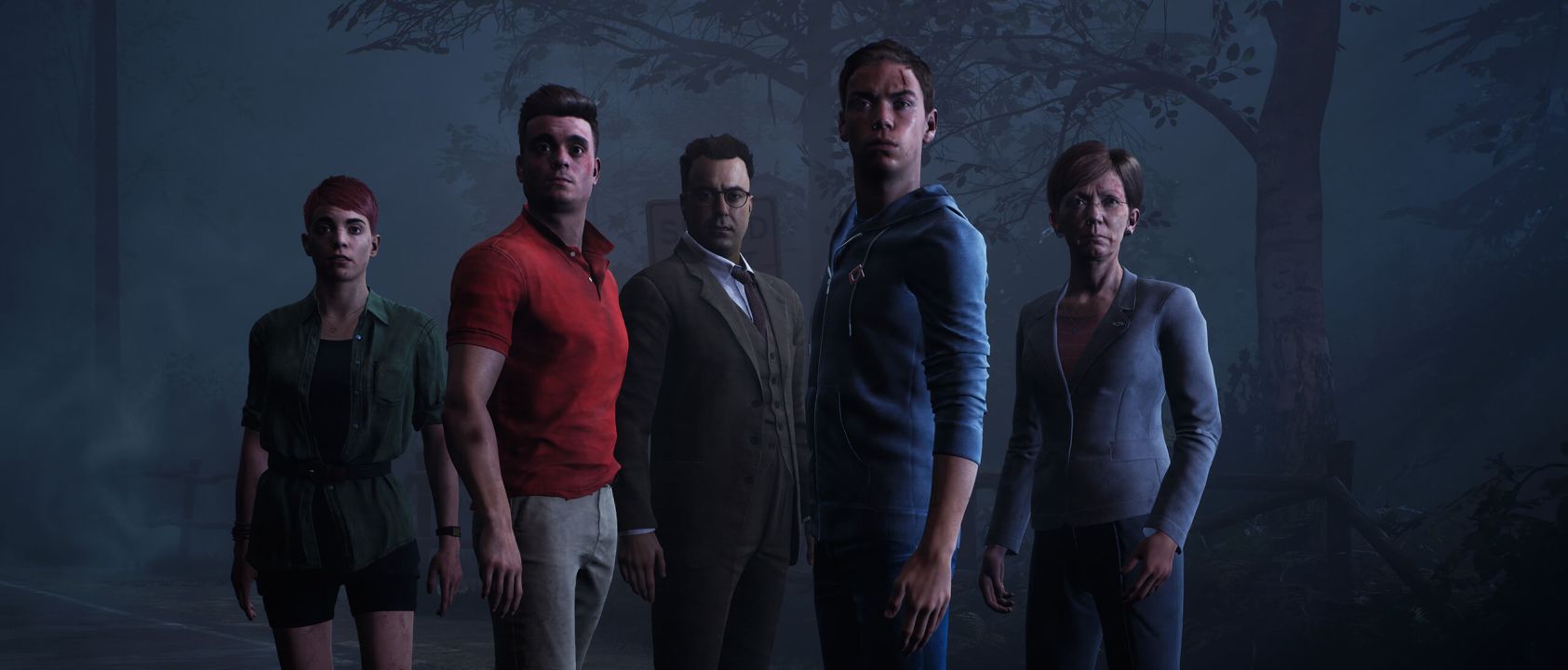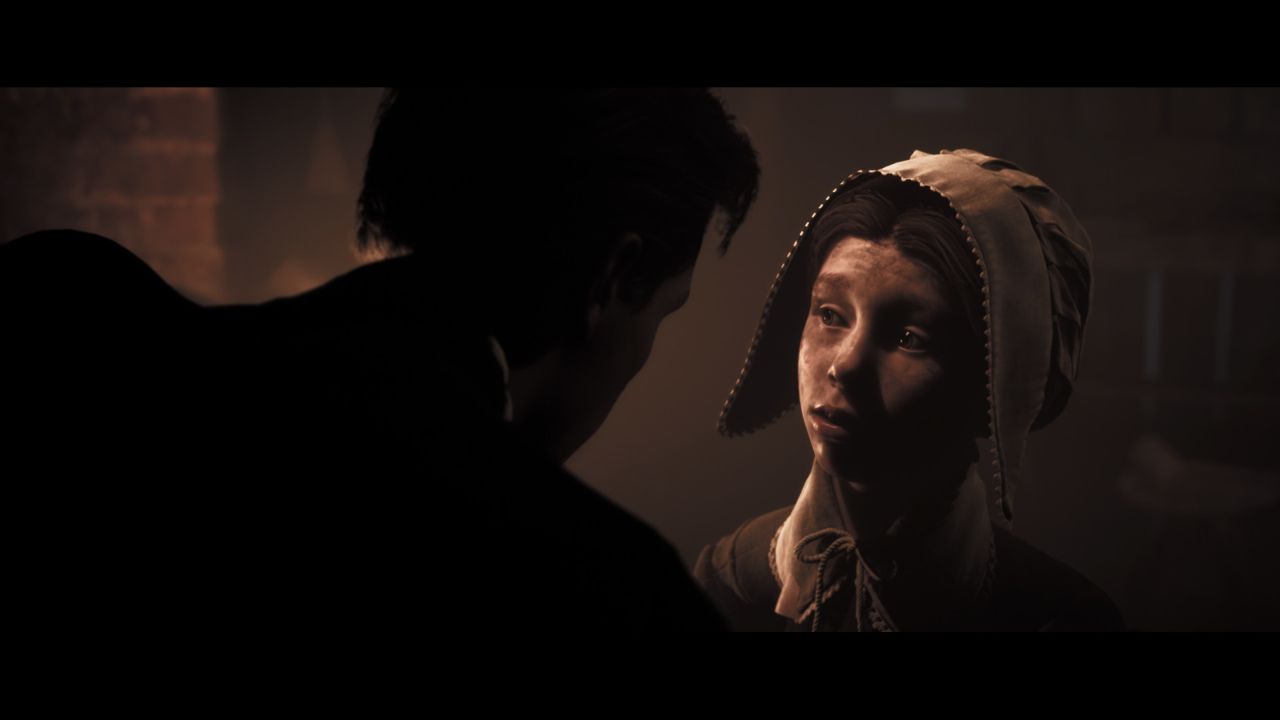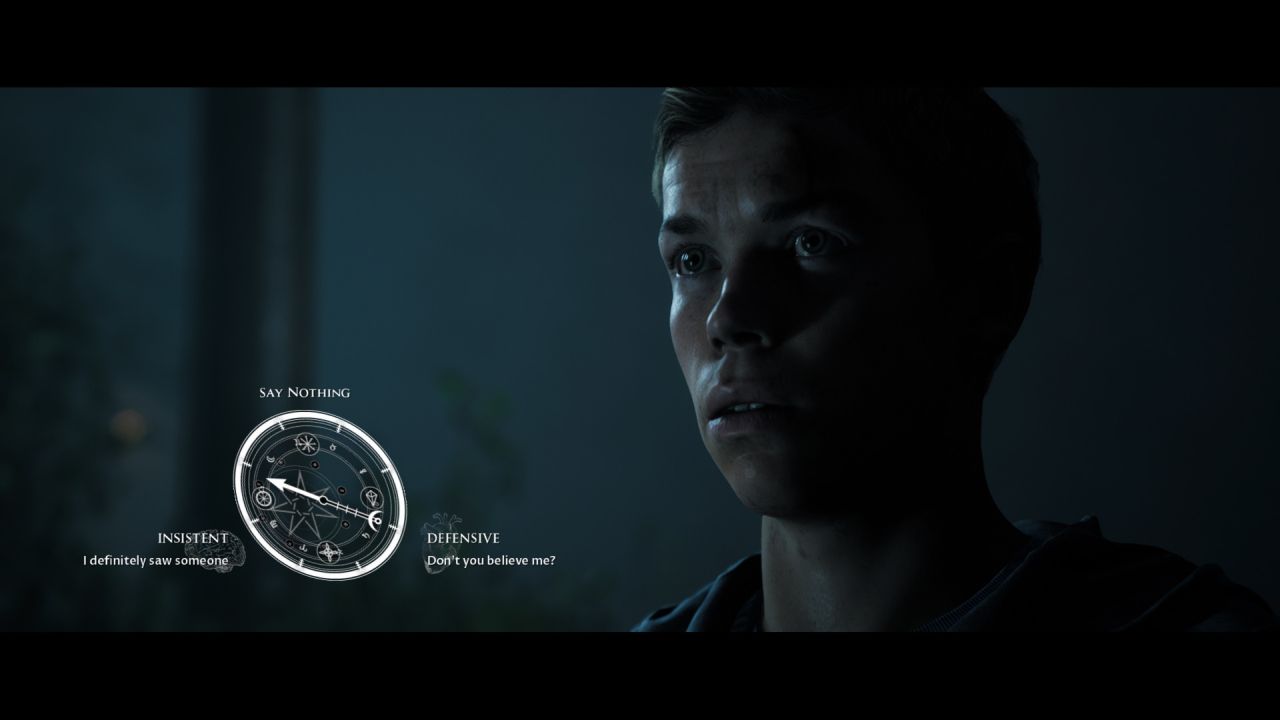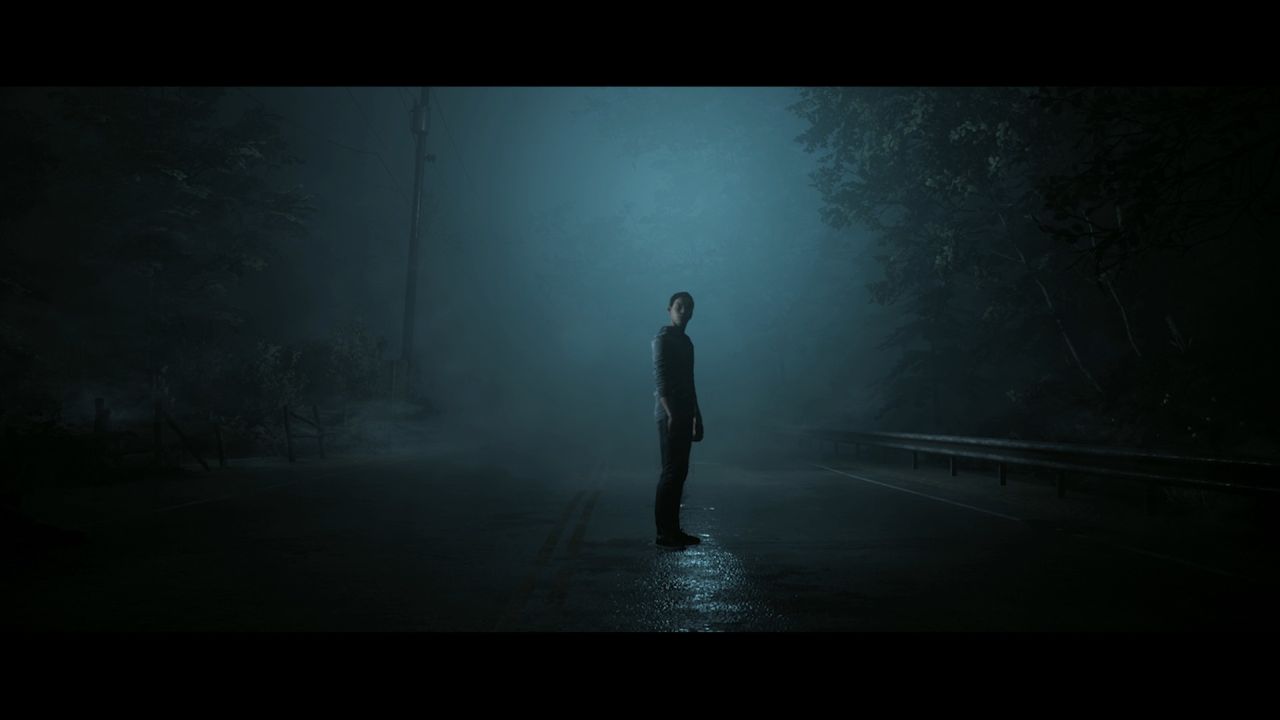The Dark Pictures: Little Hope Review
Supermassive Games had been working on smaller PlayStation titles for a few years before they got a chance to really spread their wings and introduced Until Dawn, a choose your own adventure style horror title that brought the studio a lot of success. Its high production values, branching story and good scares cemented it as one of the better horror titles of recent years, and so naturally the studio wanted to continue down this path. With The Dark Pictures Anthology, the studio sought to create more adventures in the vein of Until Dawn and on multiple platforms, though with a lower price point and a shorter running time, allowing them to create new entries quicker. Last year’s Man of Medan was the first game in this series, and while it had a few good moments, it ultimately felt rather lackluster. By comparison, the sophomore entry of The Dark Pictures Anthology: Little Hope is a more enjoyable experience, even though the ending may be divisive and the gameplay isn’t always engaging.

On a dark and foggy night, a bus driver is forced to take a detour off the highway due to a crash up ahead, leading him into the town of Little Hope. Before he even gets there though, a little girl seems to appear in the middle of the road, causing him to swerve and crash. Following the crash, we observe passengers of the bus checking on their injuries and for any signs of others. There’s Andrew, who seems to have gotten a knock on his head and doesn’t remember much, except for a strange vision of a family dying in a house fire in terrible ways. Andrew is a student, just like Taylor, a strong headed young woman that’s trying to find a cell signal. Andrew is helped to his feet by John, their Professor. Nearby, mature student Angela and another young man named Daniel find themselves in a pit near the bus crash. The bus driver seems to be gone, as the group re-unites and collectively catches their breath. Realizing that they have few options and their school trip is ruined, they decide to keep walking to the town of Little Hope in search of help.
On the way, however, strange events begin to occur. It seems they are not alone on this road surrounded by a forest, and if they try to turn back, the thick fog somehow brings them back to the same place. When the group gets separated, Andrew and Angela have an encounter of their own with the little girl – who suddenly appears and drags them into an alternate timeline in the 1600s, when Little Hope was a town dealing with witch trials. They are able to experience the events of the past, but not intervene. With the experience leaving them quite shaken, they reunite with the group and tell them, but others have understandable doubts. The player will take turns controlling each member of the group, depending on the scene.
As the five protagonists continue on their way to town, similar strange events continue to occur for all members of the group, as they get dragged into flashbacks of the past, accompanied by strange events in the present. Everyone is on edge, and it’s not long before they seem to be in danger of being chased by strange manifestations seemingly wanting to kill them. As the adventure continues, the group tries their best to stay ahead of this looming danger, while trying to connect the events of the past and the present, avoid or confront the little girl, and escape the town alive.

The developers do a good job of taking a fairly traditional setting and themes – abandoned town, the witch trials – and bringing them to life. It’s the second chapter in the Anthology, but these are standalone stories, so you don’t have to play Man of Medan first. The game has a rather spooky and yet intriguing atmosphere, as it achieves a balance of telling an interesting story and keeping the player tense from the multitude of jump scares each time someone is pulled into the past. And yes, there is a twist ending that reveals and explains most of the events – though this one will be quite divisive for fans. There are plot holes, sure, and the spooky little girl trope is hardly original, and also her relevance to the main story isn’t even made particularly clear. Still, it’s an enjoyable horror adventure that has a lot more to say than Man of Medan.
Little Hope’s story is made more engrossing by pretty solid writing, even by horror genre standards, and good acting. The developers again chose to use real actors for both likeness and voice acting, giving the performances a boost in quality. Will Poulter does well as the sort of leading man Andrew, Alex Ivanovici brings a touch of uncertainly to John, Ellen David creates a believable role of Angela, Kyle Bailey becomes a good jock as Daniel, and Caitlyn Sponheimer performs well as Taylor. Pip Torrens returns as The Curator, the over-arching character that addresses players between chapters and discusses the story progress thus far. The motion capture remains strong and the detailed facial animations help sell the acting. Even the manifestations that chase the group are very well designed, both visually and in terms of their story relevance.
The story has multiple paths and endings, depending on player actions and dialogue choices. Though the dialogue choices are pretty clear, the actions you take may sometimes result in unexpected outcomes, though the game actually does a decent job of helping you avoid the death of a character through the traditional Quick Time event button prompts (pressing a controller button within the time limit). These prompts now come with advanced warning, giving you a much better chance of success – instead of suddenly appearing, like in the past games.

When you’re not watching conversations, making choices, or performing QTEs, there are occasional moments where you can walk around and interact with the environment. Items that you can touch glow with an indicator, and you often need to perhaps clear dust off and lift some debris to see the items. Most of the items are collectibles, shining more light on the story of the town and its mysteries. The important items are postcards, which again provide players a quick flash-forward glimpse at a possible future. These glimpses help you keep characters alive by giving you an indirect hint at what action you may need to take at an upcoming decision point. While the design remains fine, these sections where you directly control the characters are starting to suffer a similar fate to other modern adventure games, becoming shorter and shorter – in some cases, you literally just walk a few feet before the next cutscene or decision kicks in, making them rather pointless.
There are also other gameplay issues that creep up in Little Hope. For one, the ending will be divisive not only because of the story, but also because the fates of many characters are decided in a fairly cheap final event that players can do nothing about. It’s tied into the “traits” system, which players can unlock for each character over the course of the story based on their dialogue choices. Some fans likely won’t appreciate being forced to behave a certain way based on predetermined personalities, just to ensure survival, instead of playing how they want to see these characters behave. Another issue is scene composition – the game features a number of continuity issues that make little sense, for example when a character literally gets dragged away in front of the group, but only one person gives chase to help them. They then simply return to the group and everyone kind of moves on. In another case, a character panics and jumps off a bridge, and others follow. But at the ravine, they sort of shake it off and keep walking, not really discussing the cause of the panic.
While the game can be completed solo, it once again offers the option to play together with friends. You can play in either two-player online co-op Shared Story, or a five player local co-op called Movie Night. In local co-op, the game prompts you to decide who will take on the role of each character, and pause the action and ask you to pass the controller when their turn comes up. The same applies in online play, though you’ll take turns playing entire scenes instead. Both modes are enjoyable if you have friends who want to share the haunting experience, though the game certainly loses some of its horror tension when other players are involved.

The Dark Pictures Anthology: Little Hope is a satisfying sequel, and a stronger effort than its predecessor. The story and setting are much more involving, even if the ending may not satisfy everyone. Some gameplay and scene composition issues do come up, and hopefully the next chapter won’t continue to trim the interactive moments. It’s a mostly well written and well acted cinematic horror that should satisfy fans of this series and the genre.
